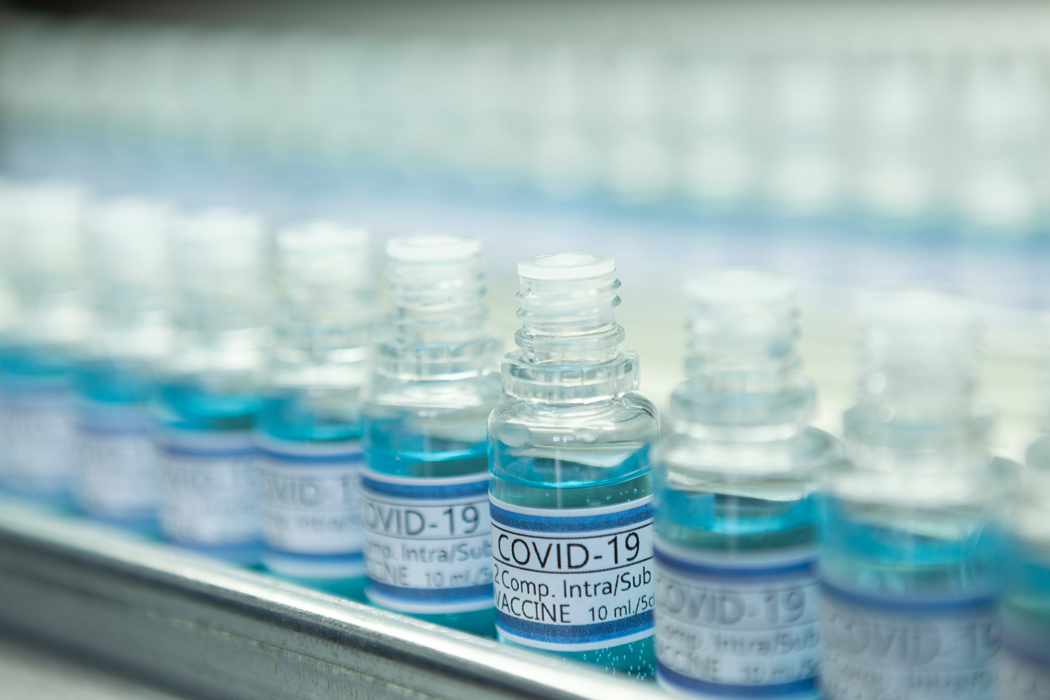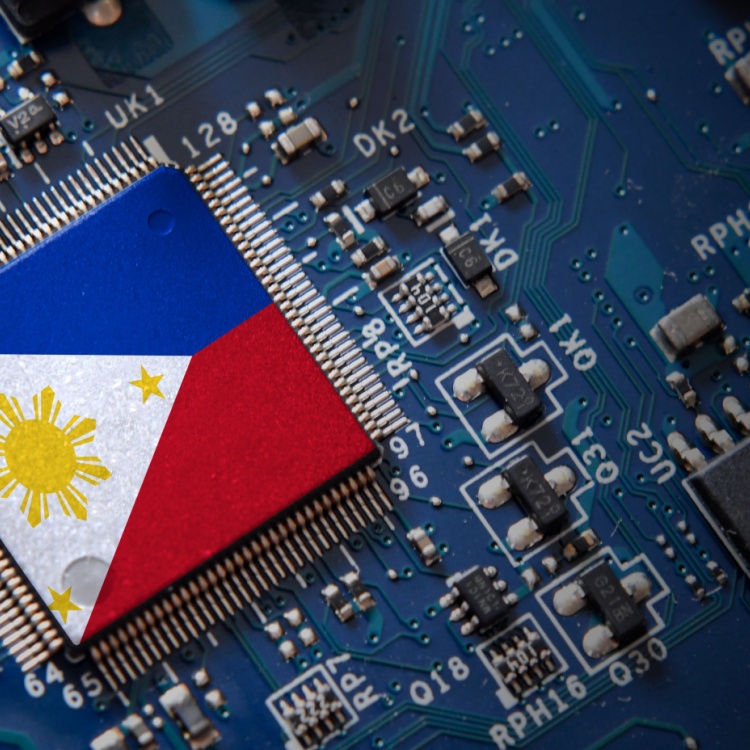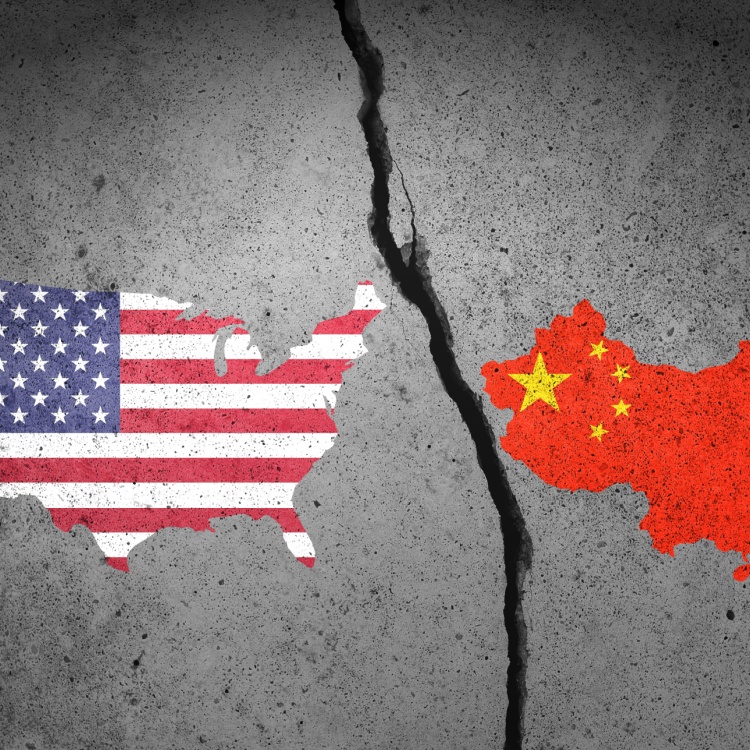How COVID-19 Has Revolutionized Vaccine Technology

The world is ardently anticipating the release of the vaccine that will ease our anxieties and fears about COVID-19. The encouraging news of pharmaceutical companies Moderna, Pfizer-BioNTech, and AstraZeneca-Oxford affirming the safety and efficacy of their COVID vaccine candidates has piqued the world’s curiosity on the fascinating science behind vaccine development.
The United Kingdom has become the first country to authorize Pfizer-BioNTech’s COVID-19 vaccine. As we all wait with hope for a world free from this pandemic, we take a look at how vaccines work and how the front-runner COVID-19 vaccines are using groundbreaking technology that could expedite and revolutionize vaccine development.
How vaccines work
Vaccines help lessen the risk of contracting a disease by working with the body’s natural defenses to develop immunity to the disease. To understand how a vaccine works, we must first look at how our bodies fight an illness.
When a virus invades our bodies, our immune system fights the infection through our white blood cells. Different types of white blood cells fight infection in various ways:
- Macrophage: literally meaning “large eater,” it locates and “eats” unwanted particles, such as viruses, bacteria, fungi, and parasites. After digesting these pathogens, macrophages produce antigens. Identifying antigens as dangerous, the immune system stimulates antibodies to attack them.
- B-lymphocyte: A type of white blood cell, it produces antibodies that attack antigens.
- T-lymphocyte: Another defensive white blood cell, it attacks cells in the body that have been infected by bacteria or viruses. Called memory cells, they quickly protect the body when familiar antigens are detected.
By injecting an antigen into the body, a vaccine trains the immune system to recognize these molecules as hostile, produce antibodies to attack them, and remember them for the future. After vaccination, it normally takes several weeks for the body to produce T-lymphocytes
and B-lymphocytes.
Race to immunity: front-runner vaccines
The World Health Organization (WHO) has identified 49 “candidate vaccines” undergoing clinical trials in humans, with 13 of them at the most advanced “Phase 3” stage. The three front-runners are AstraZeneca-Oxford, Moderna, and Pfizer-BioNTech. Let’s take a closer look at the differences between the three.

mRNA vaccines: a breakthrough decades in the making
“We’ll look back on the advances made in 2020 and say: ‘That was a moment when science really did make a leap forward’,” Jeremy Farrar, director of the Oxford University Clinical Research Unit, told Reuters.
A vaccine typically takes more than 10 years to develop and can cost up to $500 million. What usually takes years, these companies did in months. But the science behind messenger ribonucleic acid (mRNA) vaccines—which both Moderna and Pfizer-BioNTech have utilized—has been around for decades. It took the resilience of a Hungarian-born scientist and the COVID-19 pandemic for it to realize its potential.
First discovered in 1961, mRNA delivers messages from our DNA to its cells, directing them to produce proteins required for crucial functions that help us maintain, repair, or build things in the body. In theory, designing your own mRNA would allow you to manipulate the process to create a specific protein—including antibodies to vaccinate against infection.
“When one particular gene needs to do its work, it makes a copy of itself, which is called messenger RNA,” Paula Cannon, associate professor of microbiology at the University of Southern California’s Keck School of Medicine, told NBC. “If DNA is the big instruction manual for the cell, then messenger RNA is like when you photocopy just one page that you need and take that into your workshop.”
Back in 1990, researchers at the University of Wisconsin were able to make mRNA work in mice. But synthetic RNA was “notoriously vulnerable to the body’s defenses” and could be destroyed before reaching target cells. It also had a tendency to cause inflammatory
responses, making it a health risk for some patients.
To the detriment of her career, Hungarian-born scientist Katalin Karikó, now senior vice president at BioNTech, carried on with her work. In 2005, her perseverance was rewarded when she and her colleagues at the University of Pennsylvania solved how to deliver mRNA
without triggering the immune system into overdrive.
Pfizer-BioNTech is now the first authorized vaccine to use mRNA. It is a significant breakthrough not only because it is a weapon against this pandemic but also because it could revolutionize the way we develop vaccines for other viruses.
“With an mRNA vaccine, you sit at your computer and design what that piece of RNA is going to look like, and then you have a machine that can make that RNA for you relatively easily,” Cannon told NBC. “In some ways, we’re lucky in 2020 that this very powerful technology was ready for prime time, because it could be a really big advantage.”
Global crisis, global disparity
In an ideal world, every human being would get the COVID-19 vaccine at around the same time. But we do not live in an ideal world, and this pandemic has emphasized global inequalities in access to proper healthcare and immunization. Countries with greater resources and funds can implement vaccine programs more quickly and at a larger scale than developing nations. As wealthier countries snap up the lion’s share of vaccines even before they hit the market, analysts predict that the entire global population may not be vaccinated until 2023.
To address the unprecedented scale of supply that is required, one hopes that companies put people before profit. Challenges in pricing and supply could be overcome by relinquishing control over intellectual property rights so that others may produce the vaccine as quickly as we need it. Solidarity, not disparity, is the solution to this global health crisis that we all face. The technology is there to resolve this crisis; true humanity driving this technology is needed to end this pandemic for everyone.
As one of the Top 20 EMS companies in the world, IMI has over 40 years of experience in providing electronics manufacturing and technology solutions.
At IMI, we believe that humanity drives technology, and we direct our passion at solutions that enhance our way of living. With more than 400,000 square meters of factory space in 22 factories across 10 countries, we are positioned to build your business on a global scale.
Our proven technical expertise, worldwide reach, and vast experience in high-growth and emerging markets make us the ideal global manufacturing solutions partner.
Let's work together to build our future today.



